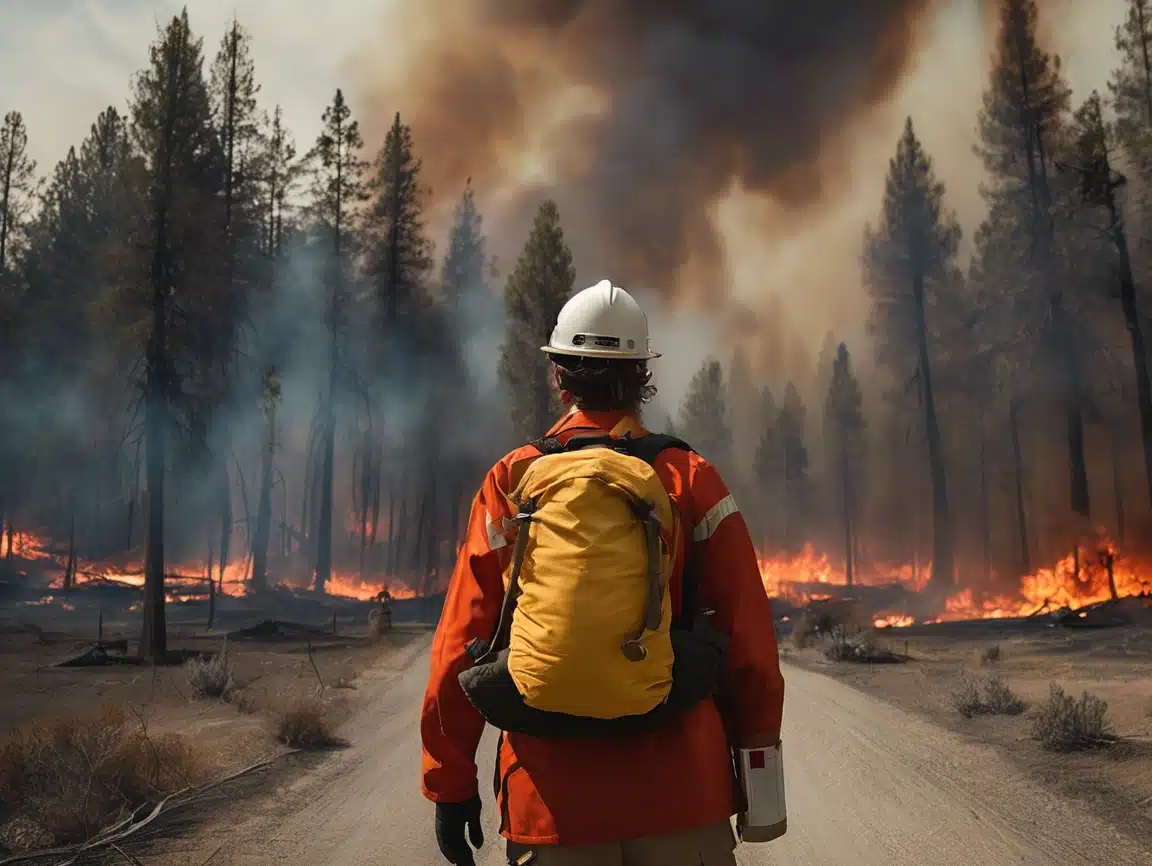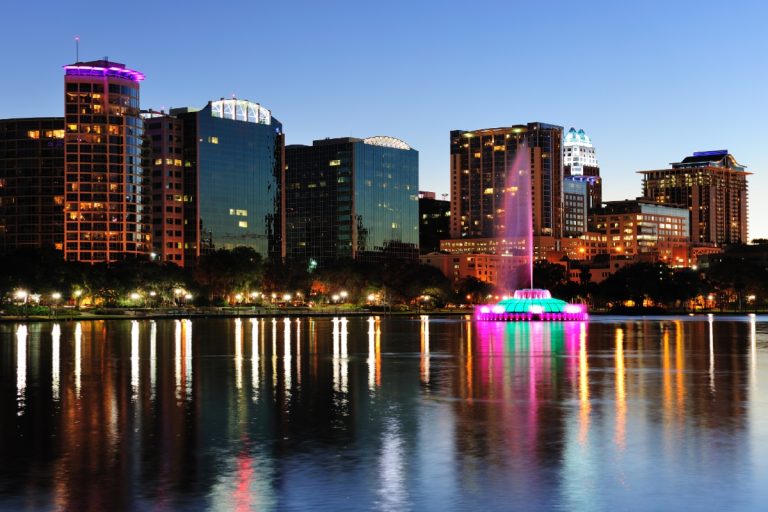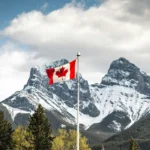Canada’s vast landscapes, pristine wilderness, and natural beauty have long made it one of the world’s most sought-after destinations. However, in 2025, a new reality is shaping how travelers experience the country: wildfires, climate impacts, and travel logistics. From sweeping prairie plains to national parks tucked deep in the Rockies, climate change is altering when and how people can safely explore Canada. For modern travelers, planning an itinerary now requires not just a sense of adventure, but also resilience, flexibility, and awareness of environmental risks.

The Rising Challenge of Wildfires in Canada
The summer of 2025 has already witnessed one of the earliest and most severe wildfire seasons in decades. Provinces like Manitoba and Saskatchewan have seen vast tracts of land consumed by flames, forcing evacuations, shutting down provincial parks, and leaving major cities under thick blankets of smoke.
According to government reports, wildfire seasons in Canada are now starting earlier, lasting longer, and burning more intensely than in the past. Scientists attribute this to a combination of hotter temperatures, prolonged droughts, and changing wind patterns, all consequences of climate change. The number of days with “extreme fire risk” conditions has nearly doubled compared to three decades ago, and some regions are now grappling with year-round fire management strategies.
For travelers, this means that summer, the season once considered ideal for exploring Canada’s outdoor wonders—is increasingly unpredictable. National parks such as Banff, Jasper, and Riding Mountain may face temporary closures or restrictions, not only to protect visitors but also to allow Indigenous and local communities to carry out fire mitigation and land stewardship practices.
Health and Safety Concerns for Travelers
The impact of wildfires extends beyond burning forests. One of the most significant challenges is air quality. Dense wildfire smoke can travel thousands of kilometers, affecting regions far removed from the fire source. In 2025, major cities such as Winnipeg, Regina, and even Toronto have experienced air quality alerts linked to wildfires hundreds of miles away.
Travelers exposed to smoke may face respiratory issues, eye irritation, and fatigue, particularly those with asthma or pre-existing health conditions. Health agencies recommend monitoring the Air Quality Health Index (AQHI), carrying N95 masks during high-smoke days, and being cautious about strenuous outdoor activities such as hiking or biking.
Moreover, wildfires disrupt transportation logistics. Road closures, rerouted flights, and canceled rail services are becoming more common during peak fire season. Tourists must prepare for last-minute changes, emphasizing the need for flexible itineraries and comprehensive travel insurance that covers environmental disruptions.

Climate Change and the Shift in Travel Seasons
Beyond the immediate dangers of wildfires, climate change is also influencing the broader rhythms of Canadian tourism. Travelers who once flocked to Canada in July or August are now reconsidering their plans. Many are opting for shoulder seasons—spring and autumn—when the risk of wildfires is lower, the air is cleaner, and the landscapes remain breathtaking.
This shift has given rise to new forms of tourism. For instance, September has become increasingly popular for visiting national parks, offering crisp weather, vibrant foliage, and fewer crowds. Winter travel, with activities such as skiing, ice fishing, and aurora viewing, is also experiencing renewed interest as visitors seek alternatives to smoky summer months.
At the same time, a growing number of travelers are integrating sustainability into their choices. Supporting eco-certified accommodations, participating in carbon-offset programs, and engaging with Indigenous-led tourism initiatives are all part of a more mindful approach to exploring Canada under climate stress.
Wilderness Wellness Meets Environmental Risk
Interestingly, the surge in wildfire awareness coincides with a global trend known as “wilderness wellness.” This movement emphasizes the restorative power of nature, encouraging travelers to disconnect from technology and immerse themselves in wild, pristine environments.
Canada remains at the heart of this trend, offering endless opportunities for backcountry exploration, forest bathing, and mindful retreats. However, the paradox is clear: while travelers seek wellness in nature, the very landscapes they cherish are under threat from climate-driven hazards.
This duality underscores the importance of preparation. Wilderness wellness in 2025 requires more than just a yoga mat and hiking boots—it demands research, adaptability, and respect for the fragile ecosystems that host these experiences.
Practical Tips for Traveling Amid Wildfires and Climate Impacts
To help travelers navigate this new landscape, here are practical strategies for safe and fulfilling journeys:
-
Monitor Conditions Daily – Use trusted sources for weather, fire maps, and air quality before and during your trip.
-
Stay Flexible – Build contingency plans into your itinerary. Have backup destinations or indoor activities in case of closures.
-
Choose Insurance Wisely – Ensure your travel insurance covers natural disasters, cancellations, and medical emergencies linked to smoke or fires.
-
Pack Smart – Carry N95 masks, refillable water bottles, and lightweight protective clothing for emergencies.
-
Support Sustainable Tourism – Opt for eco-certified accommodations, local guides, and Indigenous tourism experiences that directly support community resilience.
-
Consider Off-Season Travel – Explore Canada during spring, autumn, or winter for safer conditions and unique cultural experiences.
Looking Ahead: Travel in a Changing Canada
As climate change accelerates, the intersection of wildfires, climate impacts, and travel logistics will become an increasingly central theme in Canada’s tourism landscape. For travelers, this is not a reason to avoid Canada, it is a call to reimagine how we explore it.
By traveling with flexibility, awareness, and respect for nature, visitors can continue to experience Canada’s majestic beauty while contributing to its resilience. From the northern lights of the Yukon to the rugged coastlines of Newfoundland, Canada remains a land of wonder, one that now asks travelers to adapt, prepare, and tread lightly.







